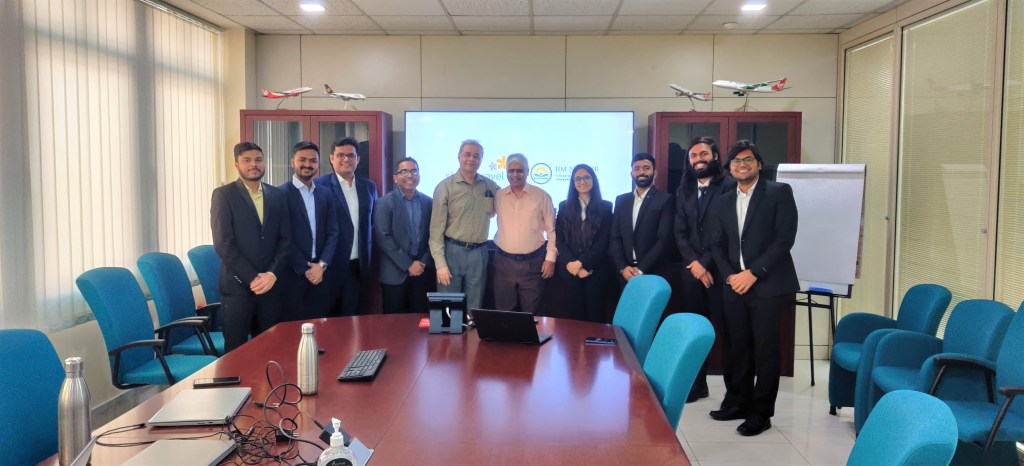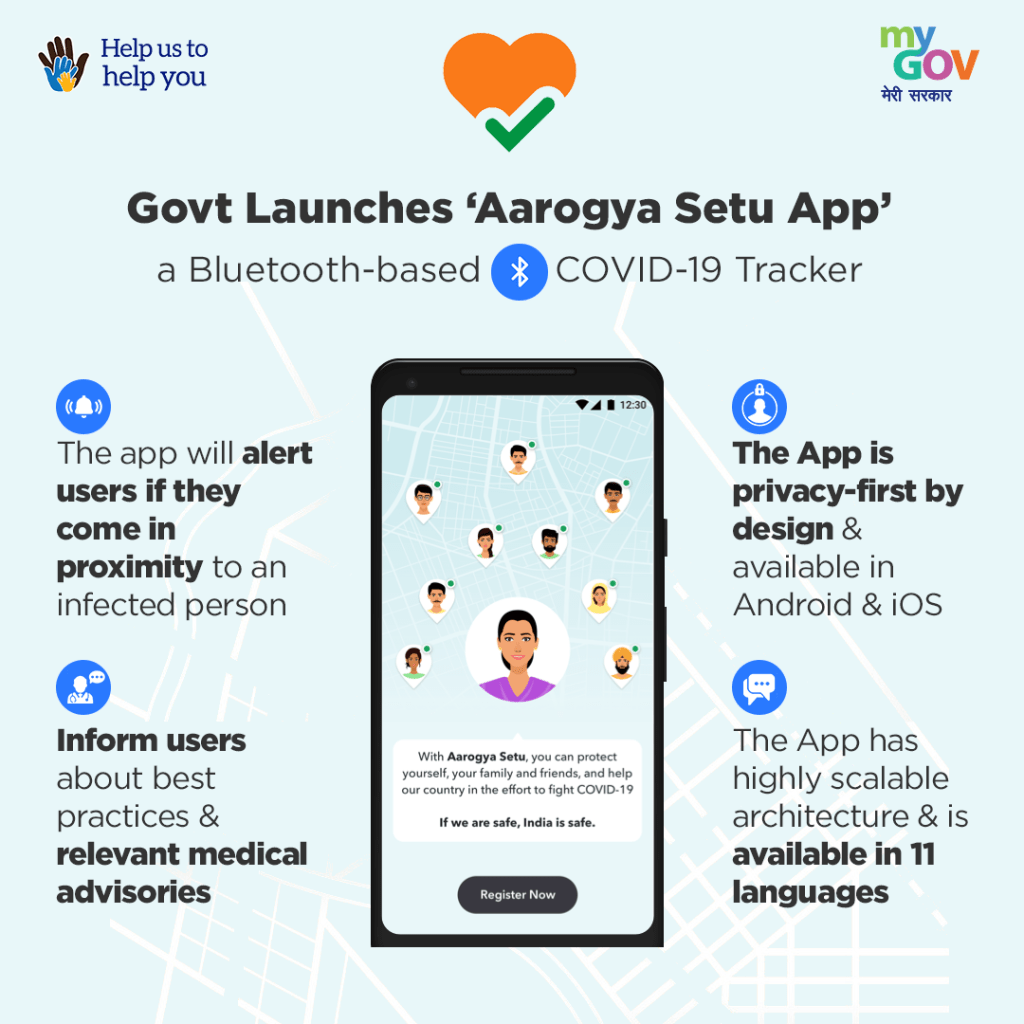
In today’s fast changing world, we are almost always confronted by situations about which we lack past experience to engage or resolve. We try to force fit some past learning and end up either failing to get an outcome, or if lucky, achieving part success.
In a past assignment, I was managing a Travel & Destination services management company. One of our major customer accounts was the national petroleum development organisation and because of the large business quantum, we had an implant operation with a dedicated team. Our service and response levels were appreciated by the client.

In line with the commercial norms, as our contract period was coming to an end, the company released a tender for a subsequent period. Believing the client was happy with us, we submitted our competitive offer in line with what we had done during our last successful bid. When the tender was finalised, we were shocked to know that we had lost. When we asked the client company’s commercial team, we were informed that we had not complied with the technical terms of the bid. Going back to the drawing board, so to say, our analysis of the tender document revealed that there had been a small section requiring development and implementation of a Travel management Services (TMS in short) software as part of the client’s intranet, which we had not responded to.
Soon, we had the opportunity to bid against a tender released by the National Gas Company. We noticed that in this tender document too, there was a requirement of implementing a TMS software. This time we were careful enough to comply with the requirement by indicating our willingness to develop. But we again lost the tender! The winner was a competitor who already possessed a fully developed TMS module and had provided a live demonstration of the same to the client.

We had been disrupted. By a new technology, a new competitor, which together had disrupted our traditional business model. The world had shifted, the business need in the environment had changed and the earlier alignment of the latter with the competence set of our company had been lost.
A situation like the above can create a quandary for each one of us. Should we stretch our own competence and experience profile to paper over the gaps that exist because of the changed requirement? This usually is the easy and the quickest option, and thus gets chosen by most leaders and Managers. But the more sustainable and resilient pathway, a much tougher and thus rarely taken option, is to continually equip oneself with the needed competences so that the alignment between us and a world that is shifting, is not lost.
What I have frequently noticed is leadership folks, rather than confronting, resort to whining and complaining. Of how no one could have foreseen what happened, how they had planned and were equipped to handle what did not happen, and so on.
If we are not careful, we can end up in a downward spiral of negativity. I have seen leaders ending as black holes. With a huge gap between their original intention and final impact. This is largely because of a human psychology quirk. The more we talk of something we failed to do, the more important it becomes. As Noble Prize winner Daniel Kahneman said, ‘Nothing in life is as important as you think it is, while you are thinking about it’.
Ways to avoid the Black Hole:
- Ask, “What can we do to resolve?” Wait for a positive response. We are conditioned to put effort once we commit.
- Envision a future that was not going to happen anyway. Ask, “If things were going flawlessly, what would that look like?”
In Learning…….. Shakti Ghosal





















